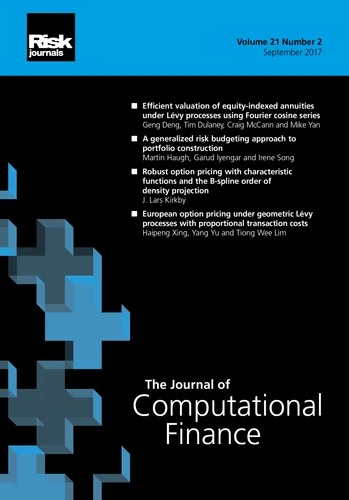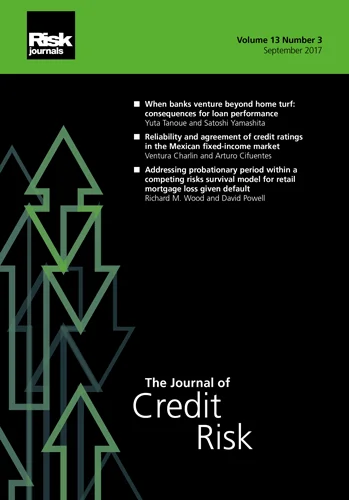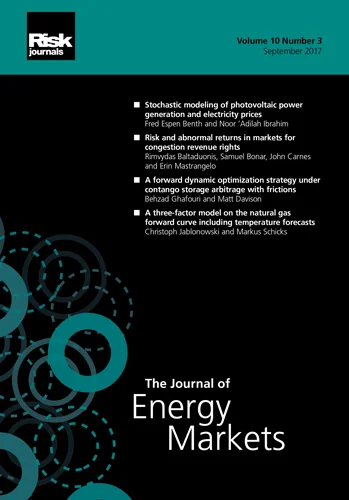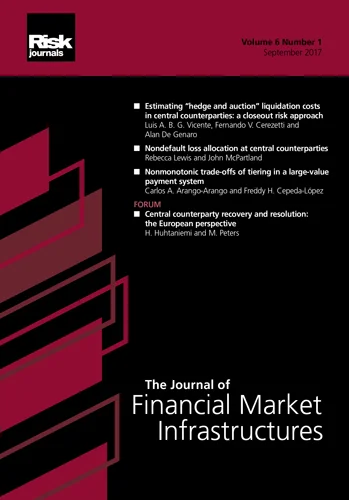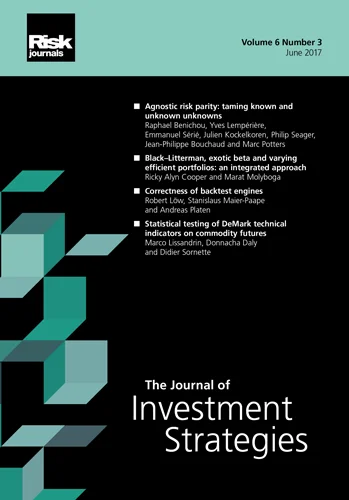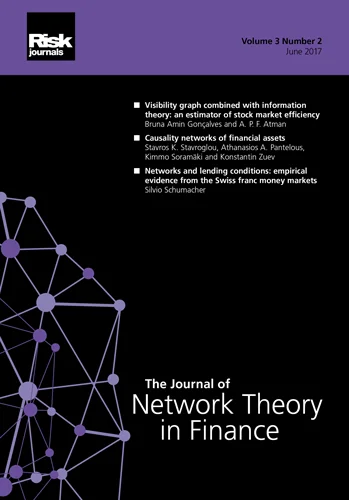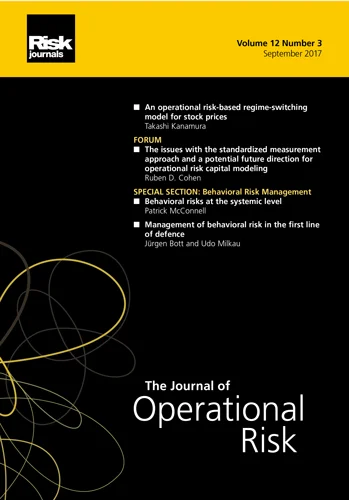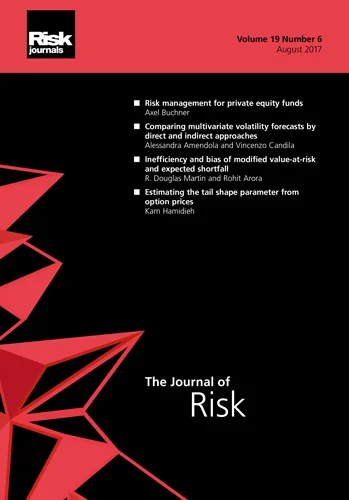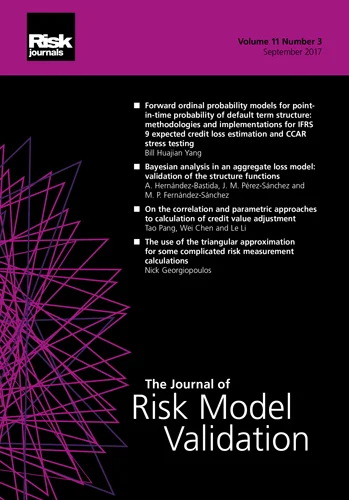Journal of Credit Risk
ISSN:
1744-6619 (print)
1755-9723 (online)
Editor-in-chief: Linda Allen and Jens Hilscher
Volume 14, Number 3 (September 2018)
Welcome to the September issue of The Journal of Credit Risk. In this issue we have two original research papers, looking at loss given default and contagion, and a technical report offering an empirical study on credit risk management.
In our first paper "A new model for bank loan loss given default by leveraging time to recovery" by Heng Z. Chen, the author estimates a two-equation system: one for LGD that incorporates time to recovery as one of the model explanatory variables, and the other for time to recovery using survival models that address data censoring.
The aim of the second paper, "Default contagion among credit modalities: evidence from Brazilian data" by Michel Alexandre, Giovani A. S. Brito and Theo C. Martins, is to assess the impact of defaulting on one personal credit modality on future defaults on other modalities. Using Brazilian microdata, the authors run a logistic regression to estimate the probability of default on a given credit modality.
Sunita Mall is the author of our third paper, "An empirical study on credit risk management: the case of nonbanking financial companies". The aim of this paper is to predict future default behaviors of nonbank financial company customers using credit scores.
We hope that you enjoy these papers and find them interesting and engaging.
Papers in this issue
A new model for bank loan loss given default by leveraging time to recovery
In this paper, the author estimates a two-equation system: one for LGD that incorporates time to recovery as one of the model explanatory variables, and the other for time to recovery using survival models that address data censoring.
Default contagion among credit modalities: evidence from Brazilian data
The aim of this paper is to assess the impact of defaulting on one personal credit modality on future defaults on other modalities. Using Brazilian microdata, the authors run a logistic regression to estimate the probability of default on a given credit…
An empirical study on credit risk management: the case of nonbanking financial companies
The aim of this paper is to predict future default behaviors of nonbank financial company customers using credit scores.
